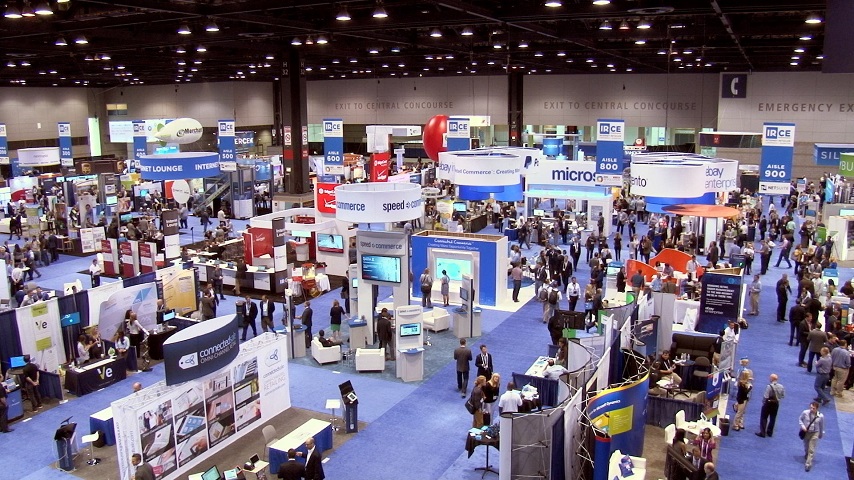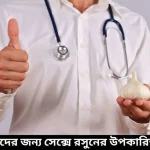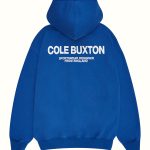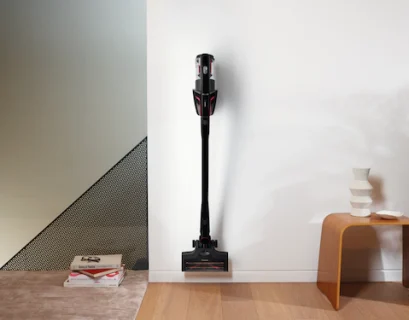Planning and executing a successful conference is no small feat, especially when it comes to effective marketing. With increasing competition for attendees’ attention, event organizers must develop creative and impactful strategies that not only build awareness but also drive engagement and maximize attendance. Here, we’ll explore three innovative conference marketing ideas that can help your event stand out, draw in your target audience, and create memorable experiences. From early promotions to post-event engagement, these strategies cover each stage of the conference lifecycle.
1. Build Anticipation Early with a Multi-Channel Pre-Event Campaign
Starting your conference promotion well in advance is crucial for generating interest and allowing potential attendees to plan for the event. By launching a multi-channel campaign, you can reach a broad audience, reinforce your conference message across platforms, and build excitement for your event.
Tips for Effective Pre-Event Marketing
A. Create a Compelling Event Brand and Messaging
- Design a unique logo, visual theme, and tagline for your conference. A clear and attractive visual identity can make your event easily recognizable and memorable.
- Craft a short but engaging description of your conference’s value. Highlight the benefits for attendees, such as knowledge-sharing, networking opportunities, and exclusive access to industry leaders.
B. Leverage Social Media Marketing
- Use different social media platforms to reach specific demographics. For example, LinkedIn is ideal for professional and industry-focused content, while Instagram can showcase visual highlights or behind-the-scenes glimpses.
- Create a unique event hashtag. Encourage speakers, sponsors, and early registrants to use it when posting about the conference, building organic reach and community engagement.
- Consider hosting pre-event live sessions on platforms like LinkedIn Live, Instagram Live, or YouTube to introduce speakers, preview sessions, or conduct Q&A sessions.
C. Develop an Email Marketing Sequence
- Email marketing remains one of the most effective ways to reach potential attendees. Create a series of pre-event emails targeting different audience segments, such as returning attendees, VIPs, or new leads.
- Start with an initial announcement email, followed by a series of emails that highlight key speakers, session topics, and any exclusive perks for early registrants.
- Include a countdown or early-bird registration deadline to create a sense of urgency and encourage immediate sign-ups.
D. Use Content Marketing to Establish Authority
- Publish blogs, articles, or guest posts on topics related to your conference’s theme. Featuring speaker interviews or insights on trending industry topics can position your event as a must-attend for thought leadership.
- Share high-value content like whitepapers, eBooks, or case studies that relate to your conference theme, capturing the attention of industry professionals and encouraging them to attend.
2. Maximize Engagement with an Immersive Event Experience
Creating an engaging and immersive experience during the conference is essential for attendee satisfaction and retention. Interactive features, live polls, networking opportunities, and social engagement can transform a passive audience into active participants. Here’s how to keep attendees engaged throughout the event.
Tips for Enhancing Engagement During the Conference
A. Utilize an Event App for Seamless Interaction
- A conference-specific app can serve as a central hub for information, schedules, and networking. Attendees can access real-time updates, create personalized agendas, and connect with other attendees directly through the app.
- Incorporate interactive features like live polling, Q&A sessions, and surveys to encourage participation. This real-time interaction keeps attendees invested and provides valuable data on session engagement.
B. Host Interactive Sessions and Networking Opportunities
- Replace traditional presentations with interactive formats such as workshops, breakout sessions, or roundtable discussions. This encourages attendees to engage with speakers and each other, enhancing their conference experience.
- Schedule networking sessions, either in-person or virtually, with options for structured networking like speed networking or icebreaker sessions. Allowing attendees to meet industry peers and share ideas can make the event more memorable and valuable.
C. Implement Social Media Engagement Strategies
- Use your event hashtag actively throughout the conference, encouraging attendees to share their experiences and tag your official event account. Run social media contests or giveaways that incentivize attendees to post photos, insights, or testimonials.
- Create a dedicated photo booth or selfie station with branded props and backdrops. This not only gives attendees a fun experience but also generates shareable social media content.
- Use social media to keep those who couldn’t attend engaged as well. Share highlights, key quotes, and snippets from popular sessions to create FOMO (Fear of Missing Out) and drive interest for future events.
D. Gamify the Conference Experience
- Introducing gamification elements can be a powerful way to keep attendees engaged. For example, attendees can earn points for participating in sessions, networking, or posting on social media. These points can then be redeemed for rewards, such as exclusive access to speakers, event merchandise, or other perks.
- Create a digital scavenger hunt within your event app, where attendees can unlock prizes by visiting specific booths, attending sessions, or completing tasks.
3. Foster Long-Term Relationships with Post-Event Follow-Ups
The conclusion of your conference should mark the beginning of a lasting relationship with attendees, speakers, and sponsors. Post-event follow-ups are essential for sustaining engagement, gathering feedback, and keeping your conference top-of-mind until the next event. Here’s how to leverage post-event marketing to maximize your conference’s impact.
Tips for Effective Post-Event Marketing
A. Send a Thank-You Email and Share Highlights
- Start with a thank-you email that expresses appreciation to attendees, speakers, and sponsors. Include highlights from the conference, such as popular sessions, memorable quotes, or notable moments.
- Attach links to session recordings, presentation slides, or downloadable resources that attendees can revisit, providing ongoing value and encouraging them to remember your conference.
B. Gather and Act on Feedback
- Send a post-event survey to gather feedback on attendees’ experiences, covering aspects like session content, logistics, networking opportunities, and overall satisfaction. Gathering insights can help identify strengths to build on and areas for improvement.
- Consider conducting follow-up interviews with select attendees or hosting a focus group to dive deeper into specific feedback. Attendees who feel their input is valued are more likely to attend future events and recommend your conference to others.
C. Share Content Across Channels to Maintain Engagement
- Publish a conference recap blog, highlight video, or social media post that showcases key moments, speaker insights, and attendee testimonials. This helps reinforce the value of your conference and builds excitement for future events.
- Repurpose session content by creating bite-sized clips or articles from popular talks, and share them with your audience. Content can be gated to collect leads, or freely available to increase your conference’s reach.
D. Announce Next Year’s Conference Early
- Use the momentum from your recent event to generate excitement for the next one. Announce early-bird registration with a limited-time discount, or give attendees an exclusive opportunity to secure their spot before tickets go on sale to the public.
- Provide a sneak peek of what to expect in the next event, such as featured speakers, new topics, or upgraded networking opportunities. Use this announcement to encourage past attendees to return and to attract new registrants.
Conclusion
A successful conference marketing strategy involves a balance of early promotion, in-the-moment engagement, and long-term relationship-building. With these strategies in place, you’ll not only maximize the success of your current conference but also lay the foundation for even more successful events in the future.













